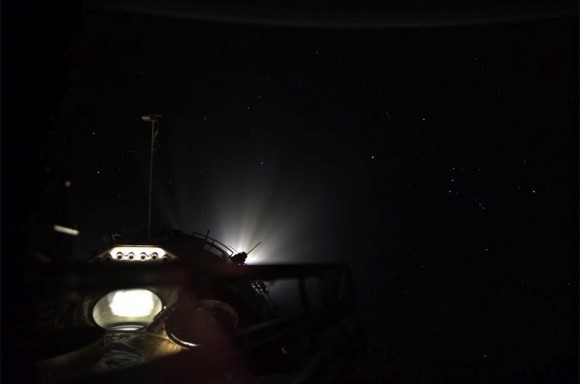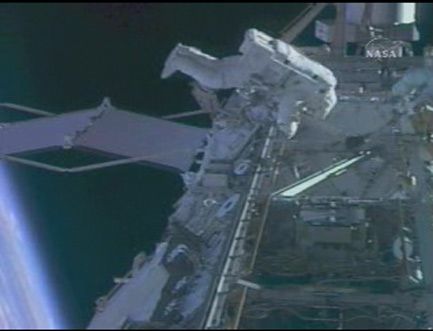

This caused the space station to lose attitude control. There is no obvious technical issue linking the problems with the cubesats.INTERNATIONAL SPACE STATION: An orbiting home and lab for two decadesīut about three hours after docking, Nauka’s thrusters began firing unexpectedly. Several other cubesats have either reported problems or have failed to communicate at all with Earth. The mission has until mid-January to fix the thruster to enable the spacecraft to go into orbit around the moon, after which he said will instead look at opportunities to perform an asteroid flyby. The mission’s principal investigator, Craig Hardgrove, said in mid-December that engineers thought that heating the valve would allow it to open and restore the thruster to normal operations. It has suffered a problem with a stuck valve in its electric thruster that is jeopardizing its ability to go into lunar orbit. One example is LunaH-Map, a NASA-funded cubesat also designed to go into orbit to look for water ice.

More than half of them have experienced significant problems during launch. 11 along with the Hakuto-R lunar lander from Japanese company ispace.Īrtemis 1 launched Nov. NASA instead procured a rideshare launch opportunity, ultimately launching the spacecraft on a Falcon 9 Dec. The cubesats had to be delivered to NASA to be installed on the rocket by the fall of 2021, and Lunar Flashlight’s propulsion system was not ready in time. The propellant was successfully demonstrated on NASA’s Green Propellant Infusion Mission launched in 2019, but Lunar Flashlight is the first time ASCENT has been used on a mission beyond Earth orbit.Ī change in propulsion systems for Lunar Flashlight during its development to one provided by the Georgia Institute of Technology caused the cubesat to miss its original launch opportunity as a secondary payload on the inaugural Space Launch System mission, Artemis 1. The cubesat’s propulsion system uses a “green” propellant called Advanced Spacecraft Energetic Non-Toxic (ASCENT), formerly known as AF-M315E. The orbit will take the cubesat as close as 15 kilometers above the surface at the south pole, where it to use lasers to look for water ice that may exist on the surface. Lunar Flashlight is designed to go into a near-rectilinear halo orbit, similar to that used by the CAPSTONE cubesat that arrived at the moon in November and the future lunar Gateway. The spacecraft will need to start daily maneuvers in February to be able to enter orbit around the moon in about four months. If the thrusters’ performance can’t be restored, project managers are considering alternative approaches that would allow the spacecraft to reach the moon and carry out its mission. Spacecraft controllers are planning to operate the thrusters for longer periods, hoping that will help clear any obstructions. One explanation, JPL said, was that there are obstructions in lines feeding propellant to the thrusters, reducing the amount of propellant reaching the thrusters and thus the thrust they produce. 12 update, NASA’s Jet Propulsion Laboratory said that three of four thrusters on the Lunar Flashlight cubesat were underperforming, or producing less thrust than expected.
#Spacecraft thrusters tilt international space station series#
WASHINGTON - Engineers are troubleshooting thruster problems on a cubesat launched last month to search for water ice at the moon, the latest in a series of technical issues among small satellites recently launched to the moon and beyond.


 0 kommentar(er)
0 kommentar(er)
